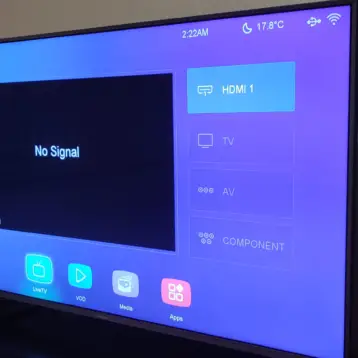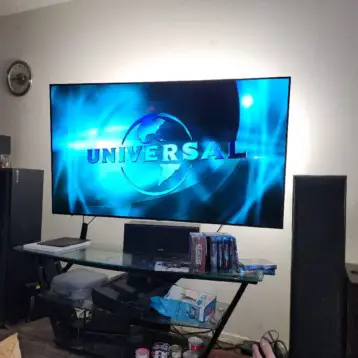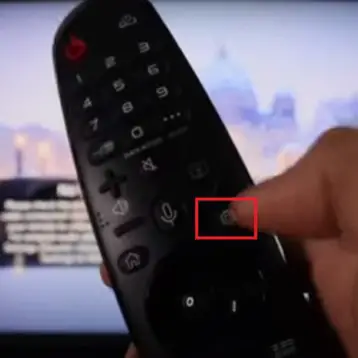So, what exactly is the problem? By the end of the 1990’s the optical fiber “backbone” of the data-communication networks had evolved from megabits-per-second transmission rates to gigabits-per-second. Despite that, users at the end nodes (personal computers, printers etc.) frequently encountered communication problems. The primary reason for these failures was the complex local network topology between the optical backbone and these end nodes. Several layers of routing and switch equipment created a sensitive, problematic environment.
AON is looking at the problem from a different perspective: rather than trying to optimize the traditional storage devices, the scientists adopted an entirely new approach. In their technology the company uses a holographic storage system, which is based on 3D volumetric storage units – so called ‘memory cubes’, which store pictures of data. The data can be retrieved by flashing laser light on the cube to take new pictures of the contents. The technique already proved to be much faster and enables holding much more data in a single cube than the amount that can be stored on a magnetic or optical disk. These small memory units will be part of a purely optical network between endpoints. This kind of solution will eventually eliminate the need to constantly coordinate the translation between the optic and electronic devices when routing the data through the network. This will significantly reduce the overhead and allow an improvement in several metrics: these storage devices will have a capacity of over 1 terabyte and access speed of 1 gigabit per second.
AON faces tough competition, where the key players are two Chinese companies: Huawei Technology and ZTE. They produce various products and enhancements to help reduce the frequent optic-electronic-optic transfer operations. All those working in this field have a common target and this, according to the CEO of AON, can be a disadvantage to his firm. AON is striving to create products which seamlessly handle the mismatches in speed between the network and the attached devices and reduce the complexities present in today’s enterprise networks, but so is everybody else.
|
The technology of holographic storage devices became available for practice only recently, but in theory it has been known of for about 40 years. You can read TFOT‘s “The Dawn of Holographic Media” detailing InPhase Technologies holographic media technology. Currently, the price of such a technology is extremely high and that prevents the market from growing: customers prefer optimizations of the traditional storage devices that are both good and affordable products. However, analysts say that despite their high cost, companies will become interested in AON products especially because of the writing speed they can provide. Holographic systems are capable of writing 132 Megabytes per second.
Even though the technology seems to be futuristic at the moment, AON is already looking several years ahead, and so are its investors who want to make sure the technology will keep improving until the day where its advantage over traditional systems will be evident.









![How to Download Apps on Hisense Smart TV [All Models]](https://thefutureofthings.com/wp-content/uploads/2024/01/Hisense-Smart-TV-1-358x358.png)

